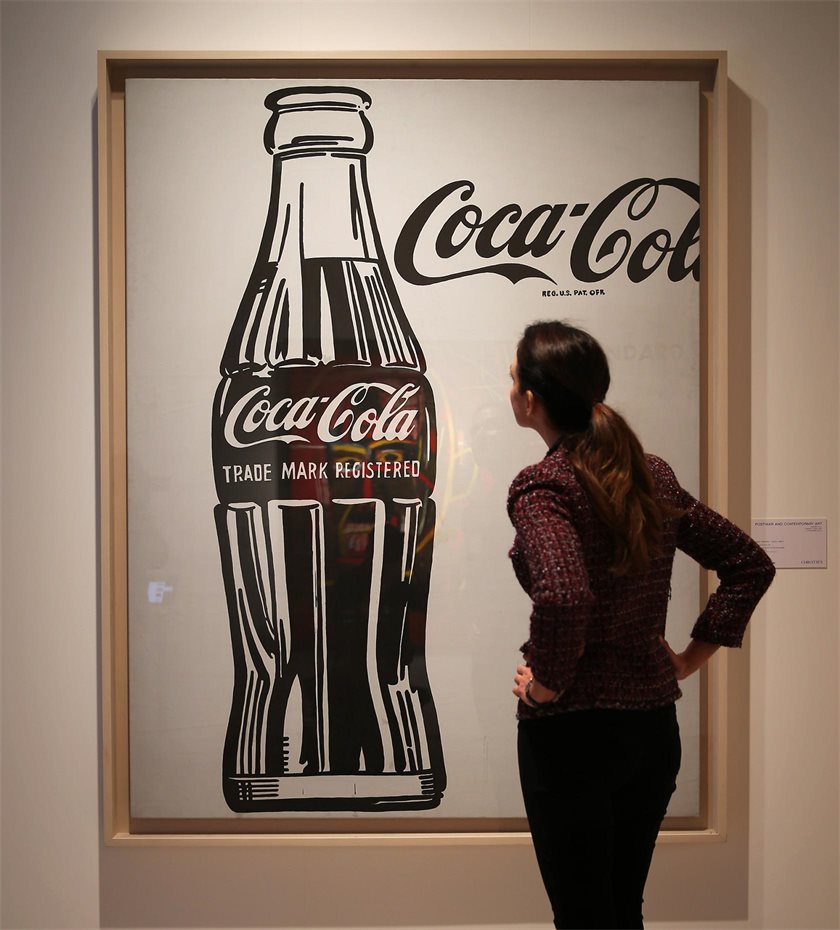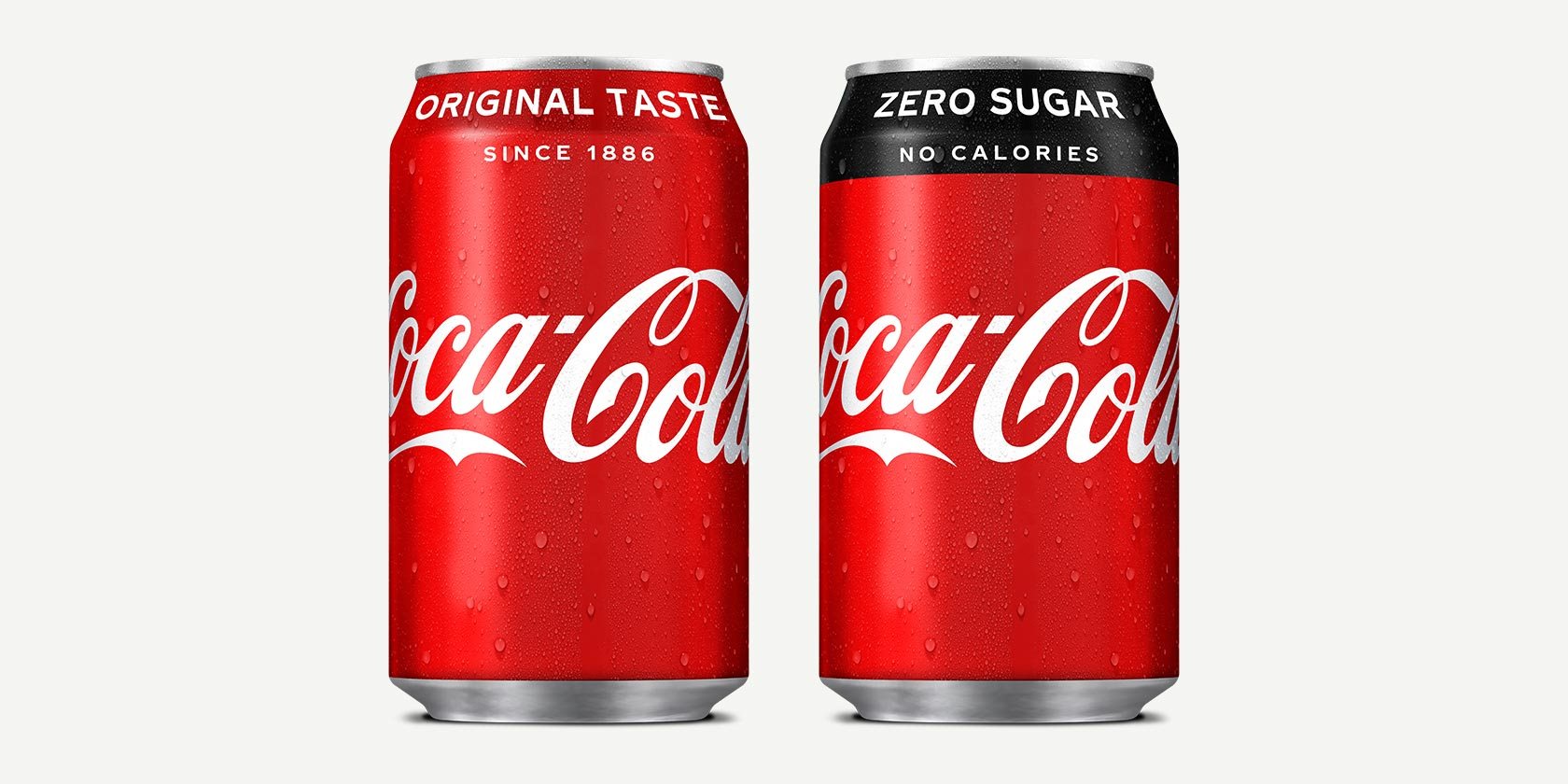Coca-Cola's Amazing History
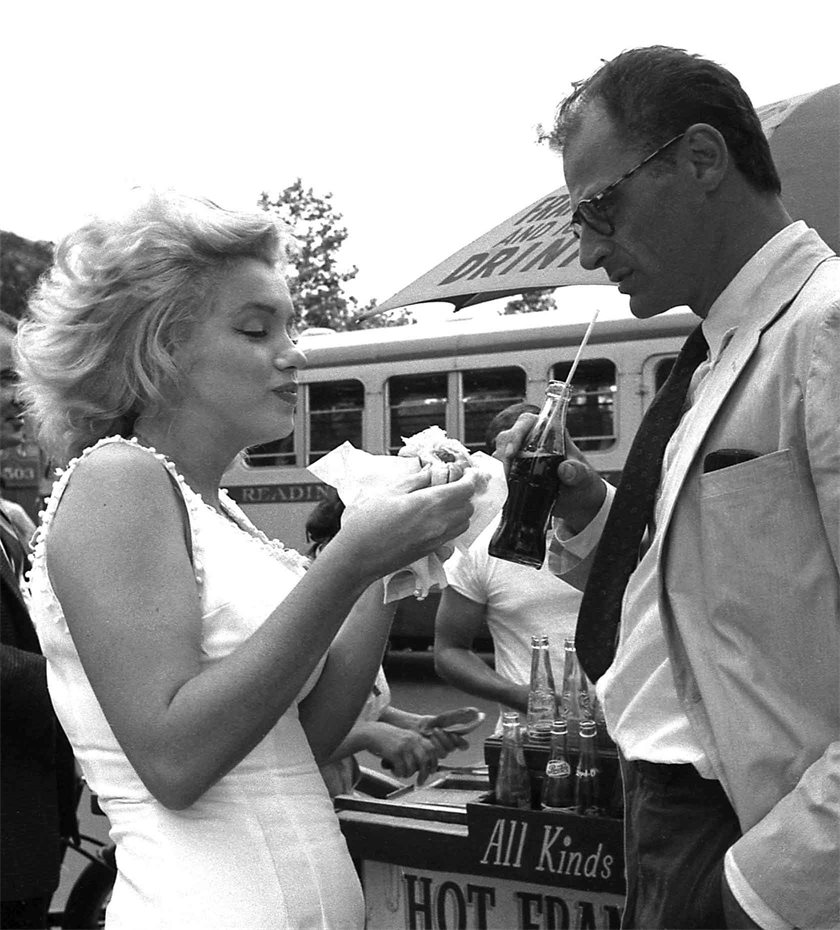
Coca-Cola
He survived the last battle of the American Civil War. And like many other war veterans, remained a morphine addict for the rest of his life. But drug dependency and an education as a pharmacist resulted in one of the most amazing business adventures of modern times. It is because of the man Pemberton, that millions of children around the world believe in Santa Claus, that every day, Americans cut coupons that entitle them to free samples in the supermarket – and that nearly two billion bottles of Coca-Cola are sold every day!
John Stith Pemberton’s invention is now the fifth-most valuable brand in the world, surpassed only by Apple, Google, Amazon and Microsoft. In 2018, the Coca-Cola Company earned USD 42.5 billion.
Pemberton had humble beginnings, with a pharmacy in Atlanta in 1886. The Coca-Cola brand has grown to be practically an ambassador for the USA. The company’s activities on the international markets is almost synonymous with American culture and many people consider it a form of cultural imperialism and is often called ‘Coca-Colonisation’. But what has made Coca-Cola such an iconic American symbol that its logo is perhaps more recognisable across the world than the stars and stripes? Apart from maybe North Korea and Cuba where it is banned.
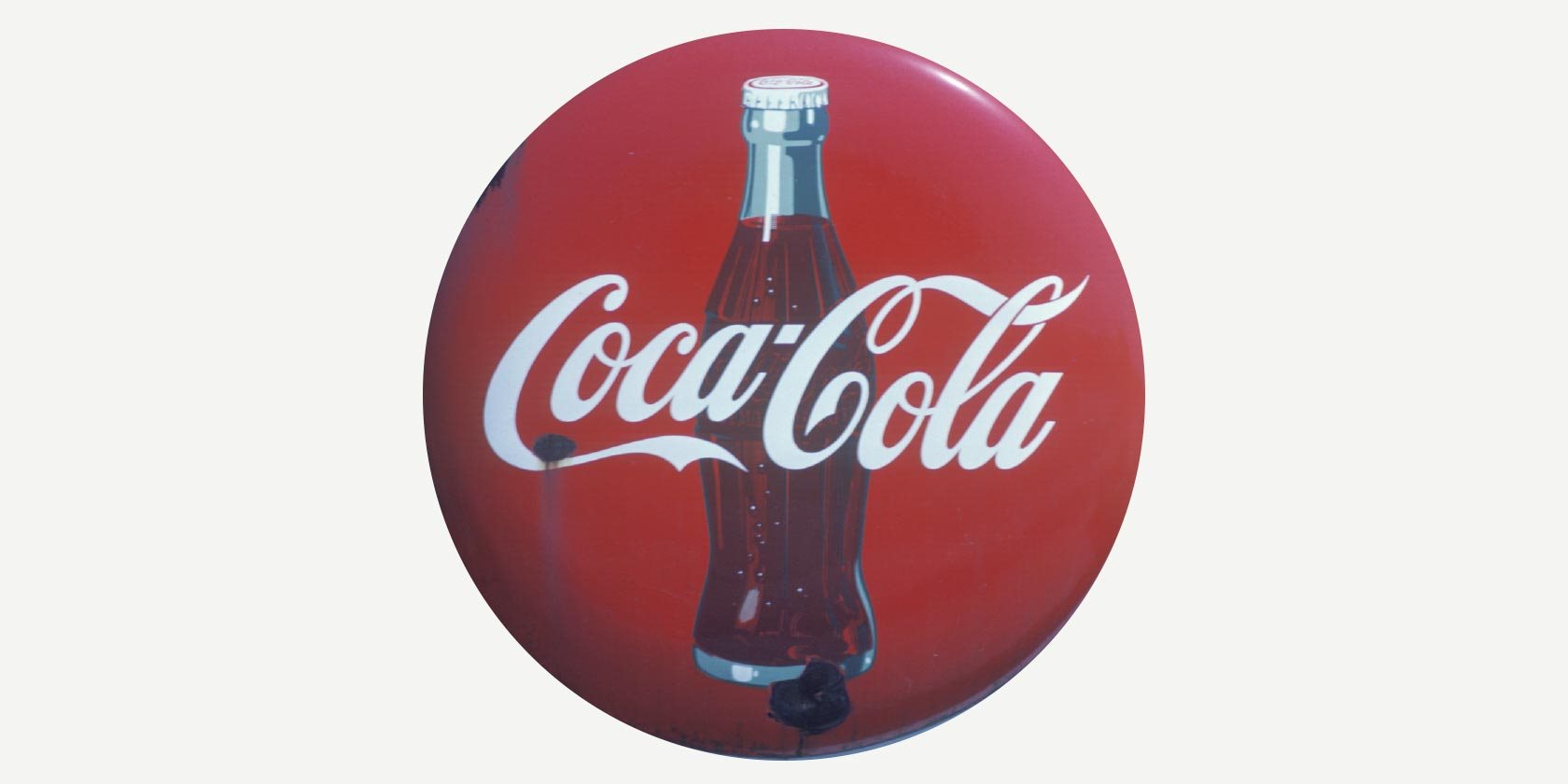
Morphine and cocaine
John Pemberton received (an almost fatal) sabre wound to the chest from a Union soldier on the battlefield and Pemberton was given large doses of morphine for the pain with no thought for its longterm effect because it was presumed he would die.
Unexpectedly, Pemberton lived and slowly recovered from his wounds. But he had become addicted to morphine – as did many other war veterans. And he went as far as opening a pharmacy in Atlanta so that he could have a regular supply of the drug.
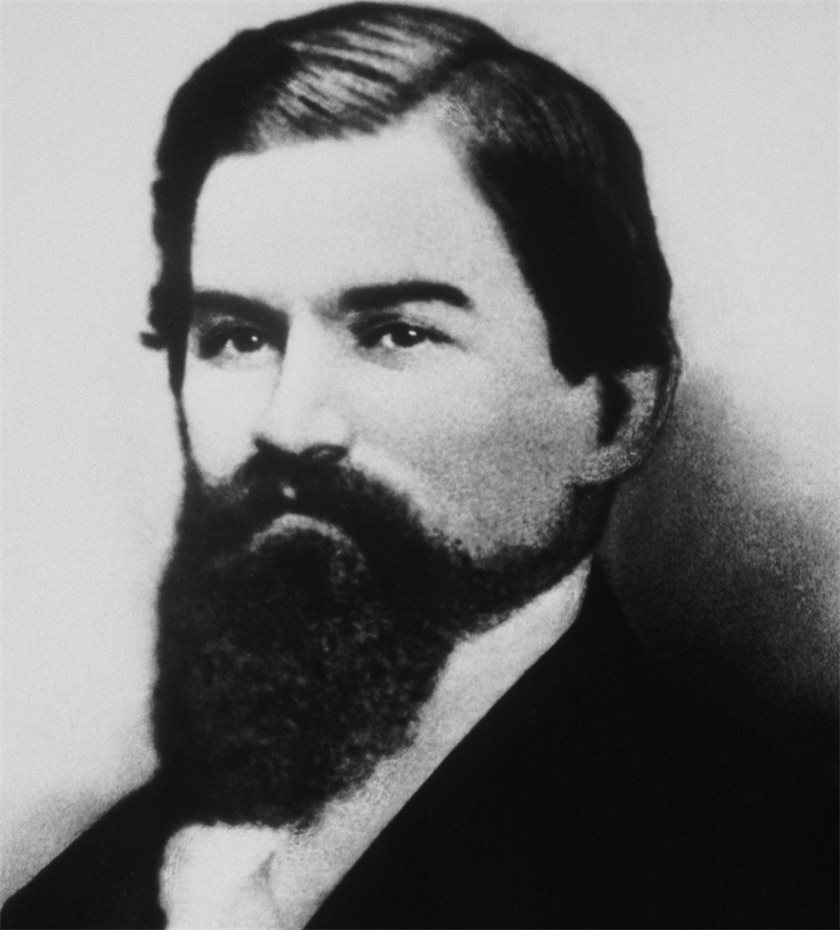
However, his addiction had its price. His health required that he stop using the drug completely. Pemberton focused his energy on finding a medical solution. In the 1880s, the medicine industry was not like modern medicine. Often it was about inventing over-hyped exotic drinks that had no chance of curing any of the many diseases that their inventors claimed could be cured by the drinks.
Pemberton’s first drink was called ‘French Wine Coca Nerve Tonic’, a drink that contained a lot of alcohol and cocaine, which he marketed by claiming it cured many illnesses such as morphine addiction, neurasthenia, chronic headaches and impotency.
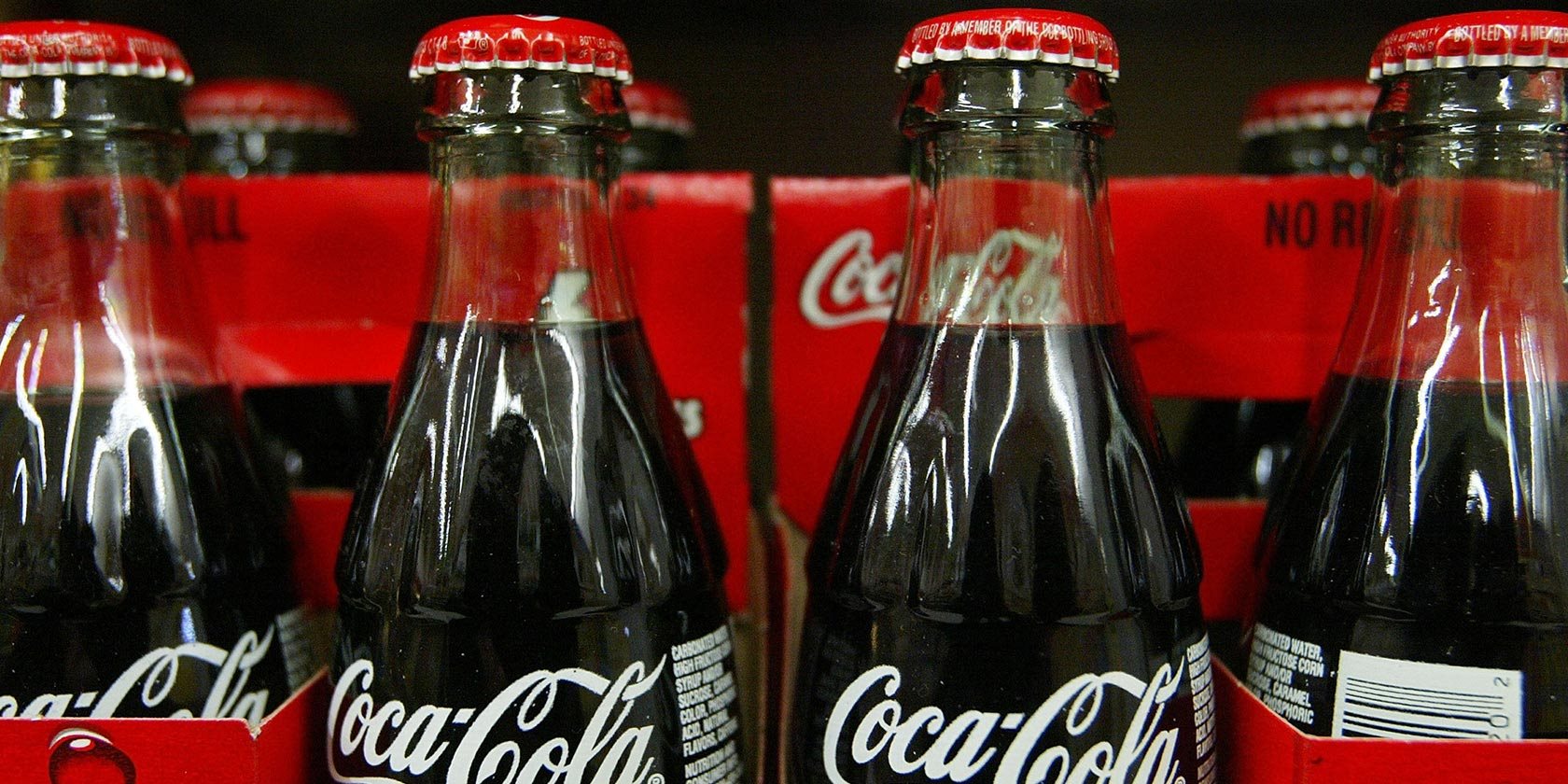
The drink was made as a thick syrup and was sold at other pharmacies where it was mixed with carbonated water and given to the patients. But Pemberton’s great business was almost ruined at the beginning when alcohol was banned in the state of Georgia in 1886.
However, cocaine was still legal and was considered a medicine – it was first (almost) banned in 1922. So Pemberton changed his formula – the drink no longer contained alcohol and only a little cocaine – just 9 mg. Coca-Cola was born.
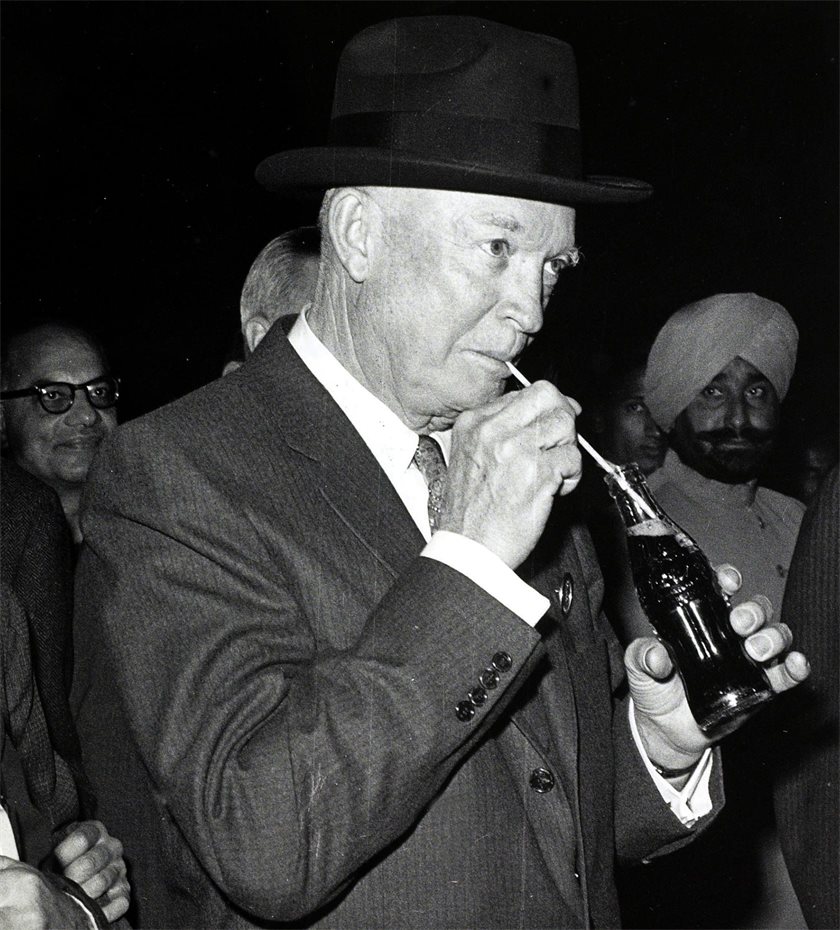
It is worth noting that since 1903 the drink has not contained cocaine. In a well-documented article in the New York Times, it was shown that only one company in the USA had the right to import the coca leaf (Stephan Company in New Jersey). Cocaine is made from coca leaves and is sold to the only pharmaceutical company in the USA that is licensed to use cocaine in production (Mallinckrodt).
The used coca leaves are then used to make an aromatic flavouring, and this is used in Coca-Cola’s top-secret recipe. Coca-Cola’s modern and efficient production sales and distribution network is even more important than the secret recipe that Pemberton created. In fact, Pemberton did not invest in a production facility or in any comprehensive distribution network.
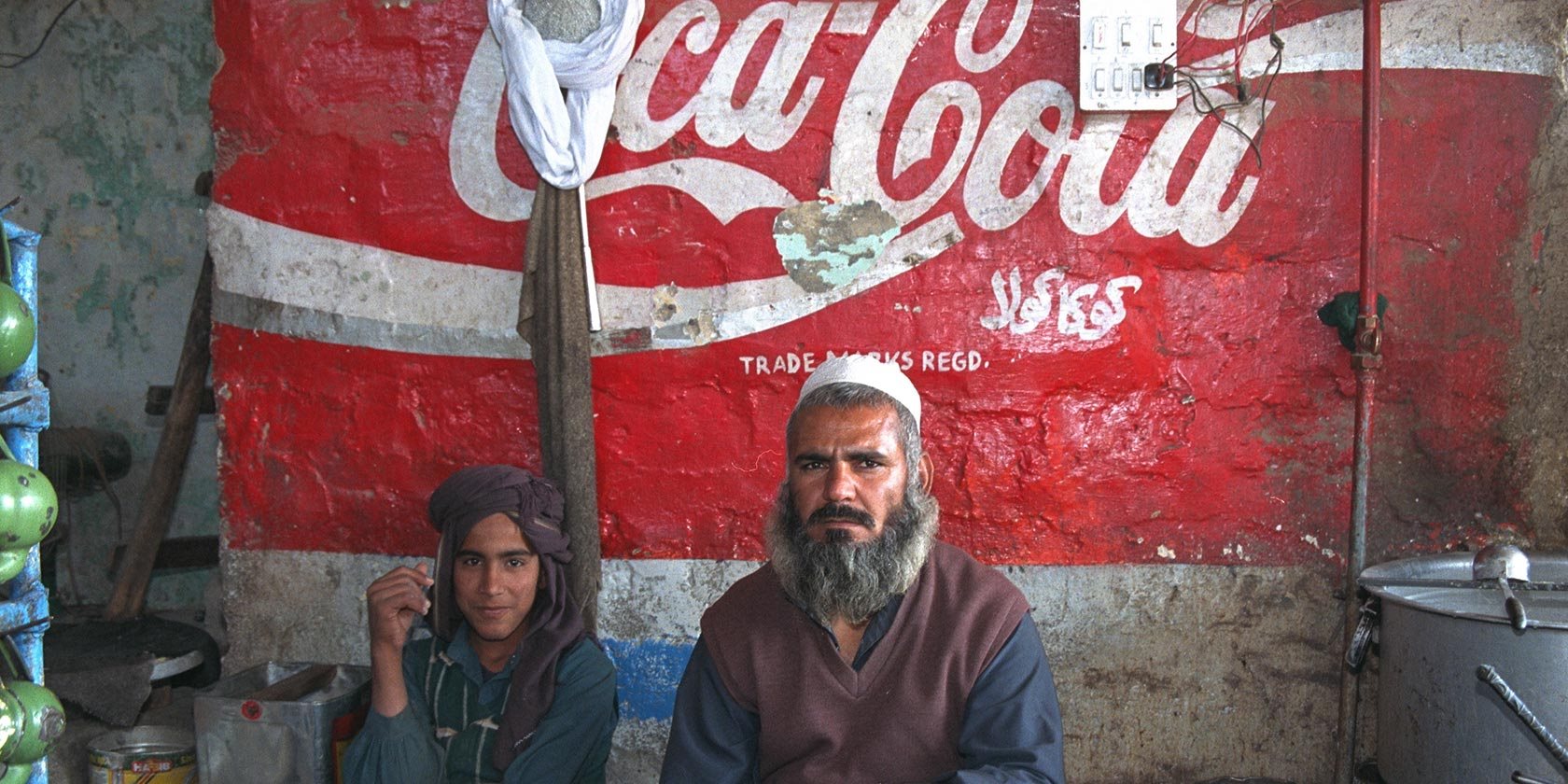
He was happy to make the syrup which became Coca-Cola when it was mixed with carbonated water. The syrup was distributed to dealers and partners who mixed the soft drink themselves and marketed it as Coca-Cola.
It was a flexible system where the dealers were obligated to sell each glass for 5 cents – the price remained the same until 1959!
But the morphine addiction that Pemberton tried to cure with his elixir eventually killed him and he died in 1888.
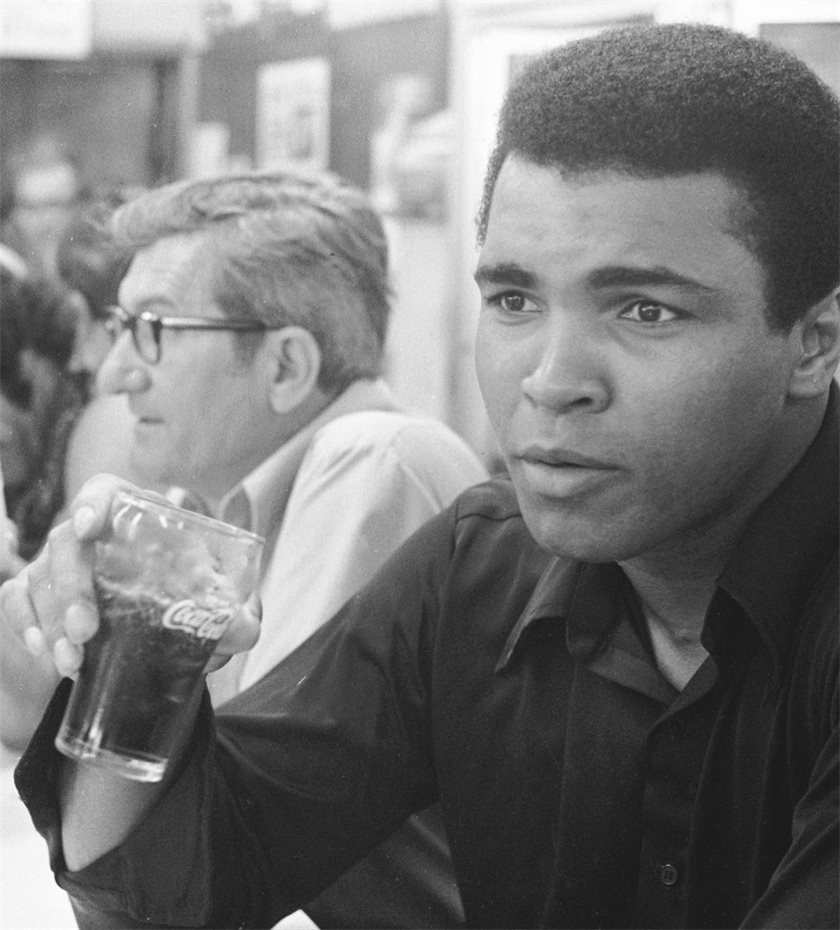
After Pemberton
One of his partners, Asa Chandler claimed that he had purchased a controlling part of the company before Pemberton’s death. However, Pemberton's son Charley contested this. Chandler solved the issue in a very American way. He paid money to everyone who had a claim on the company and in 1891 he was the sole owner of the company for a total sum of USD 3,000, which is USD 85,000 in today’s money.
Asa Chandler had a flair for business and modern marketing. Even before Pemberton’s death, he had created the company’s logo with the world-famous font. The same font that Ford and Budweiser would copy later on! Chandler tirelessly found new ways to market Coca- Cola to consumers. As early as 1886, he printed small coupons which consumers could use to get a free glass of Coca-Cola at their local drugstore.
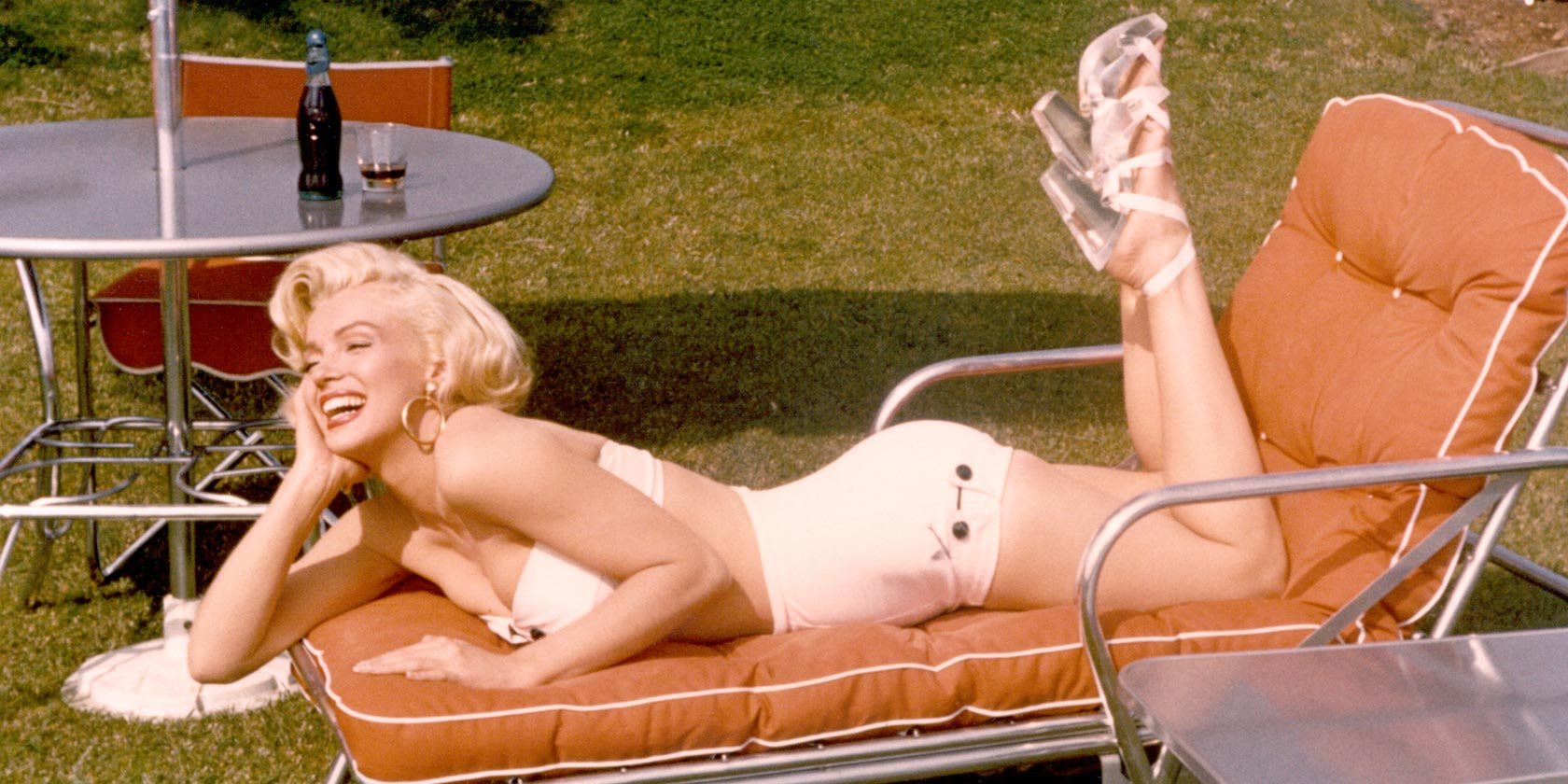
The idea was simple: when the customers were allowed to try a new product for free they would gladly buy it later on. It proved to be a very effective way of creating loyal customers. Up until 1913, it was estimated one out of nine Americans had enjoyed a free glass of Coca-Cola. It was a tactic that meant that Coca-Cola quickly spread across the USA.
Up until 1898, Coca-Cola was primarily sold at pharmacies across the country. But a new federal tax on medicine effectively ended the marketing of Coca-Cola as a catch-all remedy for all kinds of ailments. Since then the brand’s marketing has focused on describing Coca-Cola as a soft drink. A drink that can be enjoyed by everyone and which creates a positive emotional experience for consumers.
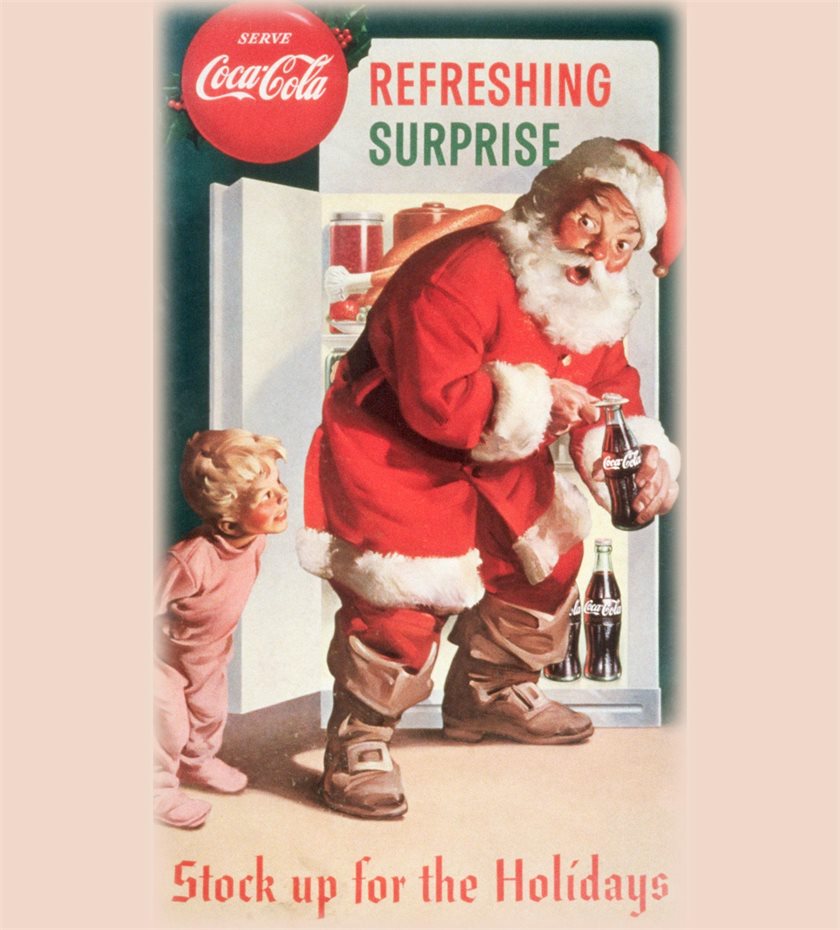
Coca-Cola invented Santa Claus
Of course it’s a myth that Coca-Cola invented Santa Claus. There were many other examples of American mineral water producers who used Santa Claus in their marketing. But it was Coca- Cola that created the image of the jovial, slightly overweight Santa Claus with a white beard and red suit.
Coca-Cola began to use Santa Claus in its marketing around 1920. It is a gimmick that the company still uses, for example, the red Christmas lorries are used at events all over the world.
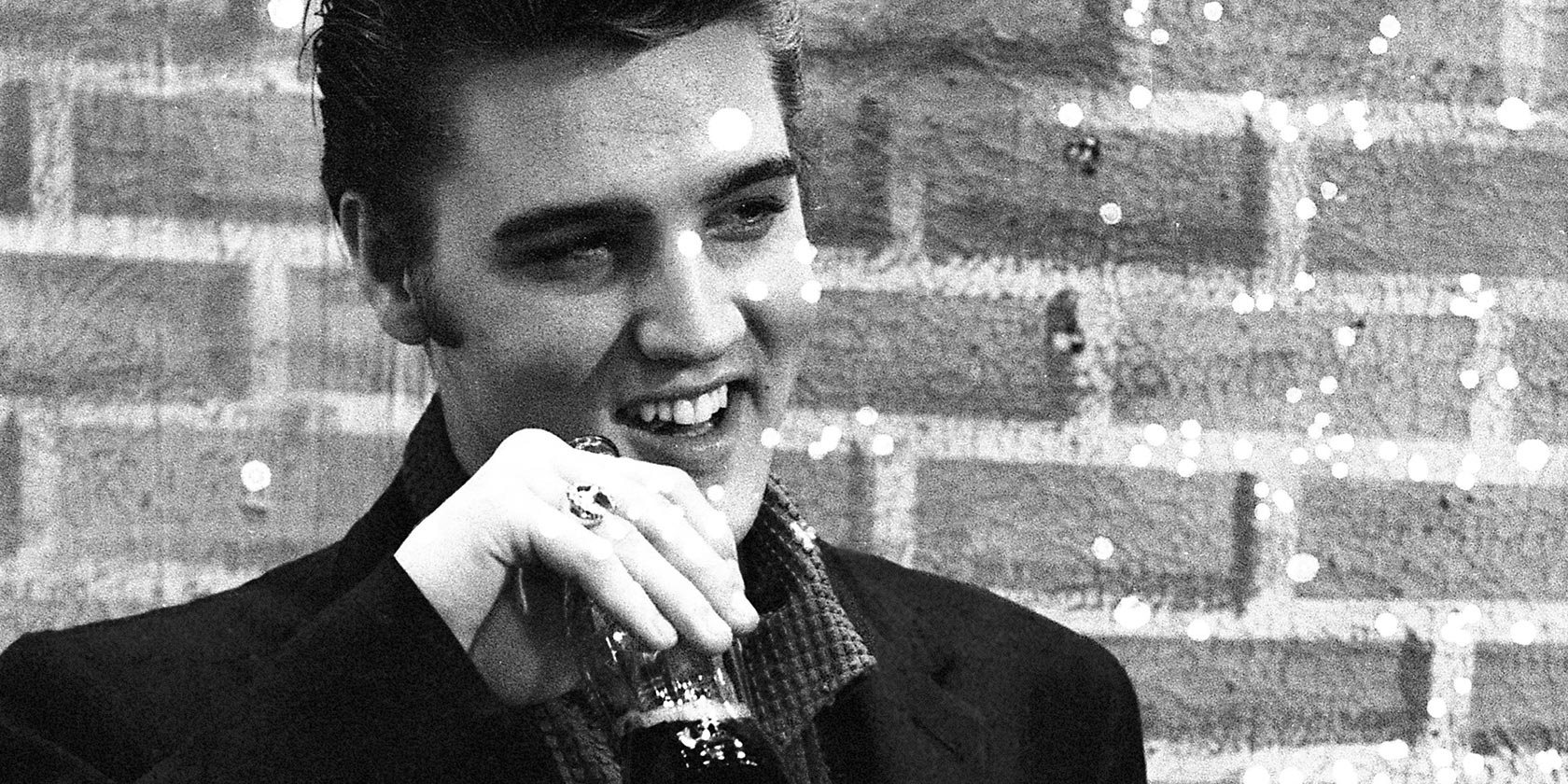
The original idea with Santa Claus was to boost the sale of Coca-Cola during the winter months. And with their version of Santa Claus, they created associations with magic, idyllic families and presents among millions of children.
But perhaps Coca-Cola’s use of outdoor advertising was even more important than its use of Santa Claus. Of course there was active marketing before Coca-Cola adverts started to appear on many facades in towns and cities. But in modern times Coca-Cola perfected outdoor advertising to such a degree that it became a global brand.
In fact the Coca-Cola brand is so strong that even on a blind taste when most people prefer Pepsi, almost everyone will choose Coca-Cola if they see the iconic logo.
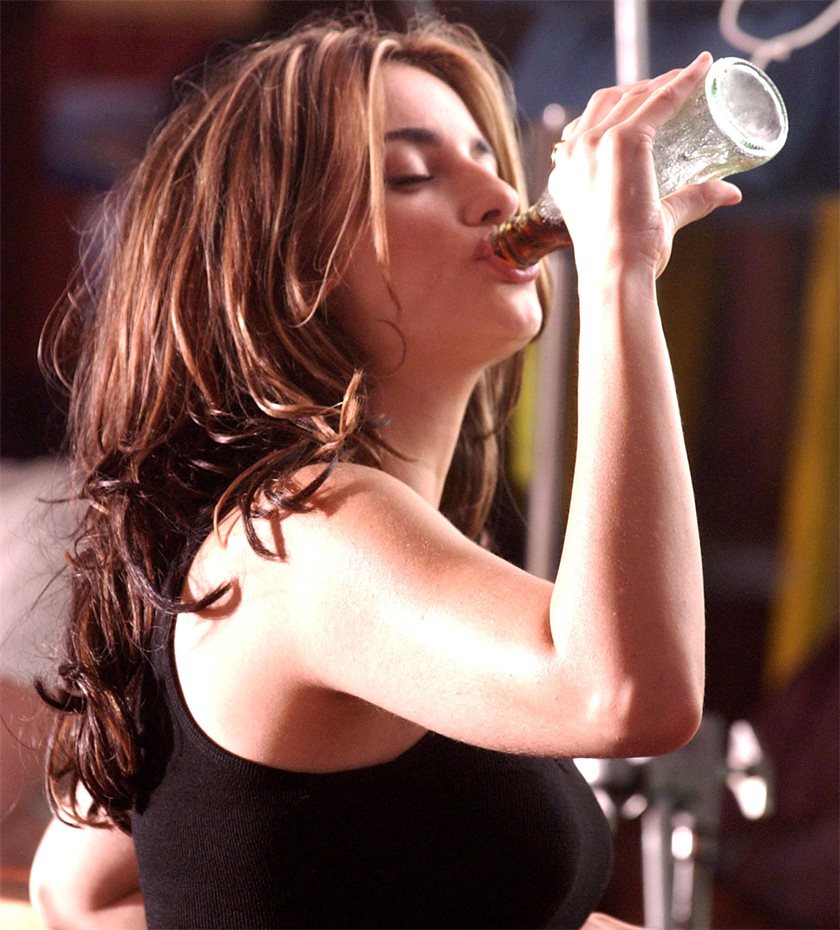
Worldwide Coke
Coca-Cola success is huge and everywhere. From the first glass sold in Atlanta on 8 May 1886 to today, Coca-Cola has succeeded in selling its soft drink everywhere in the world apart from two countries that are subject to an international trade boycott – North Korea and Cuba.
Coca-Cola’s current status on Cuba is an ironic one, considering its most iconic and famous drink – Rum & Cola – was first made in a bar in Havana. A group of officers who had wanted to celebrate their new-found freedom from the Spanish colonial powers in 1900, toasted each other with the shout “Cube libre!”. Which has become the name of the drink in nightclubs all over the world ever since.
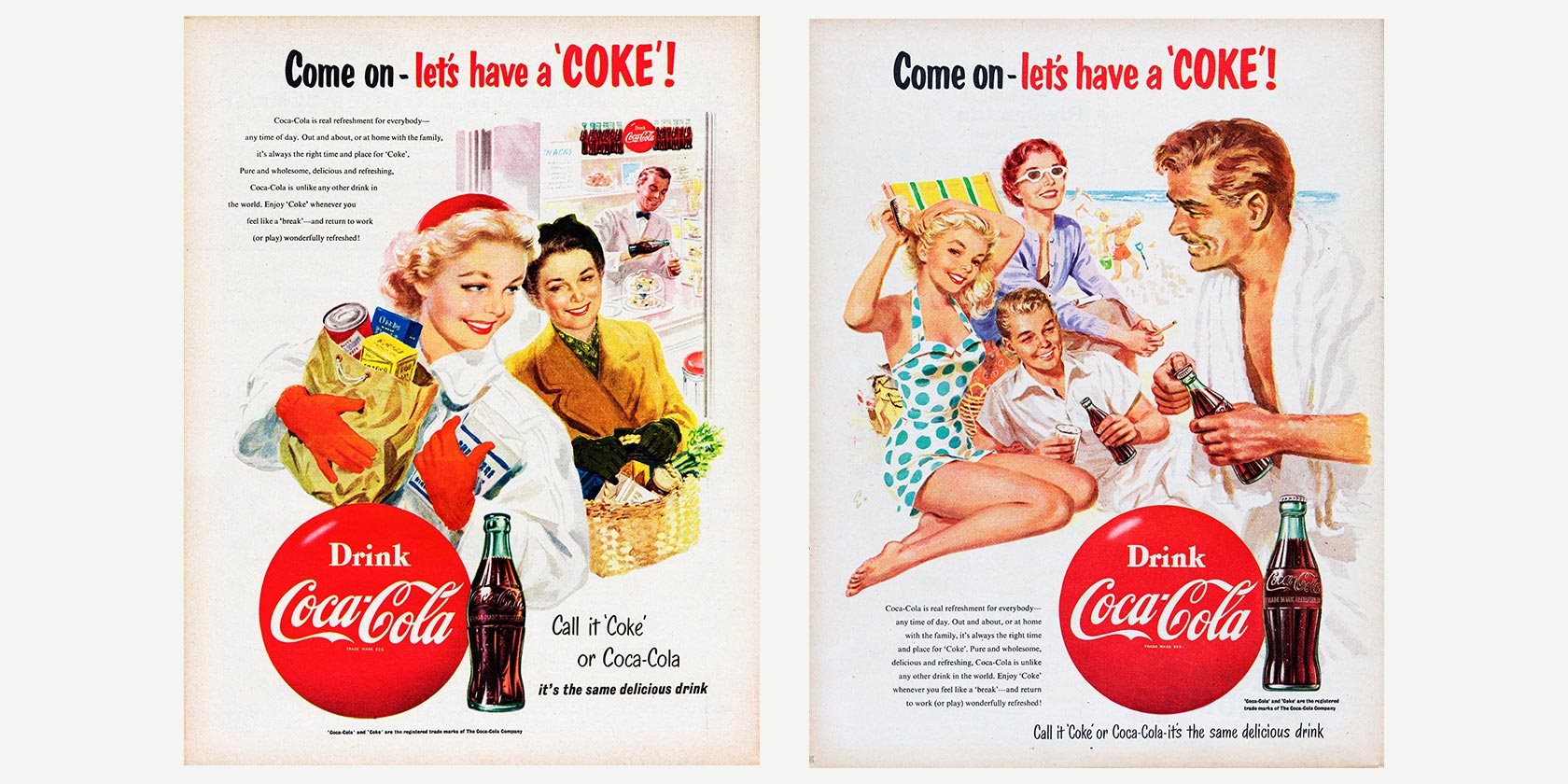
But while Coca-Cola was popular among Cubans at the start of the 20th century, progress in the European market was a slow affair. The same year that Cuba Libre was being enjoyed with great enthusiasm in Havana, only 5 pounds of cola syrup were exported to England. In Germany it was even worse, where drinking non-alcoholic drinks was considered absurd. In France, the notion of drinking something as coarse as an American soft drink was considered insulting.
Coca-Cola’s success in Europe would have to wait for the next generation. Ernest Woodruff acquired Coca-Cola in 1919 and led the company for 60 years. One of his first initiatives was to move away from serving the drink on-tap at drugstores and café’s, to mainly selling Coca-Cola in bottles. In addition, he sponsored fridges for consumers and businesses, so they could keep the bottles cold. The next invention was the six-pack, which encouraged consumers to buy more so that they could keep the fridge full. And finally he created the iconic bottle vending machines that no respectable petrol station could do without in the USA.
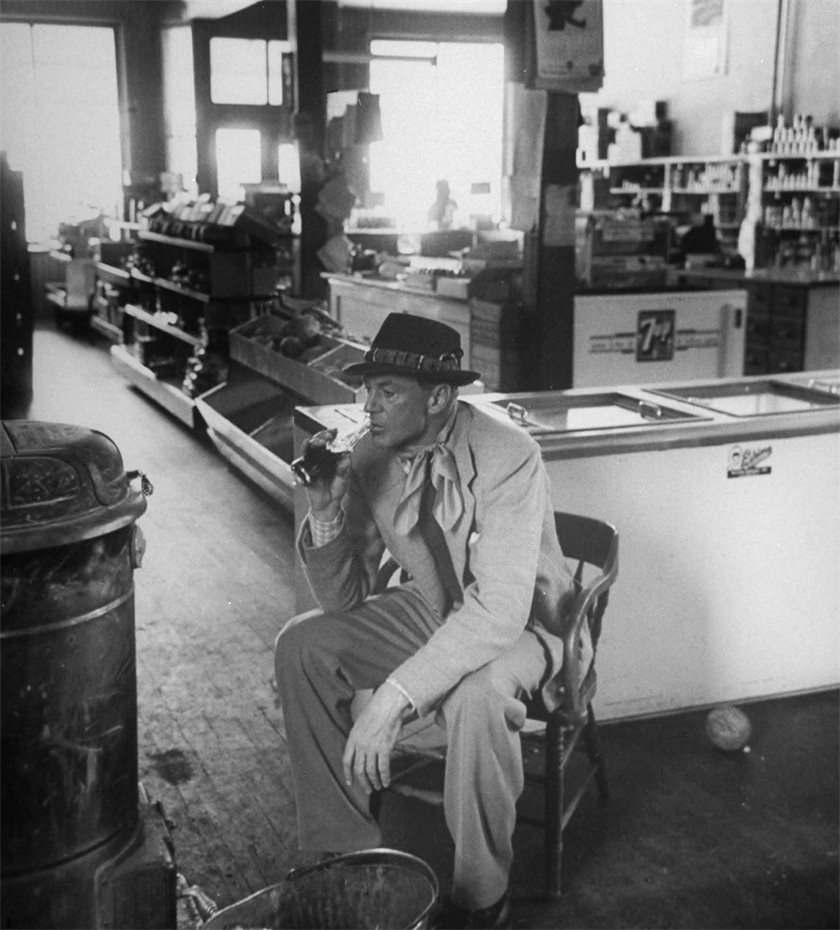
In 1926, he once again attempted to conquer the European market. At the end of the 1920s and throughout the 1930s, Coca-Cola was advertised in all of the major markets. It was marketed to consumers as an exotic and refreshing new kind of drink from America.
Woodruff had a natural instinct for modern marketing. In 1928, the American Olympic team arrived in Amsterdam with 40,000 bottles of Coca-Cola. This connection with the Olympic Games continues right through to today and played a crucial role in the 1996 Olympic Games being held in Atlanta, the home city of Coca-Cola’s headquarters.
Woodruff also created a special association with the American military. During the Second World War, Woodruff swore that all American soldiers would be able to drink Coca-Cola wherever they were in the world fighting. When the soldiers returned home, a new global market for Coca-Cola had been created.
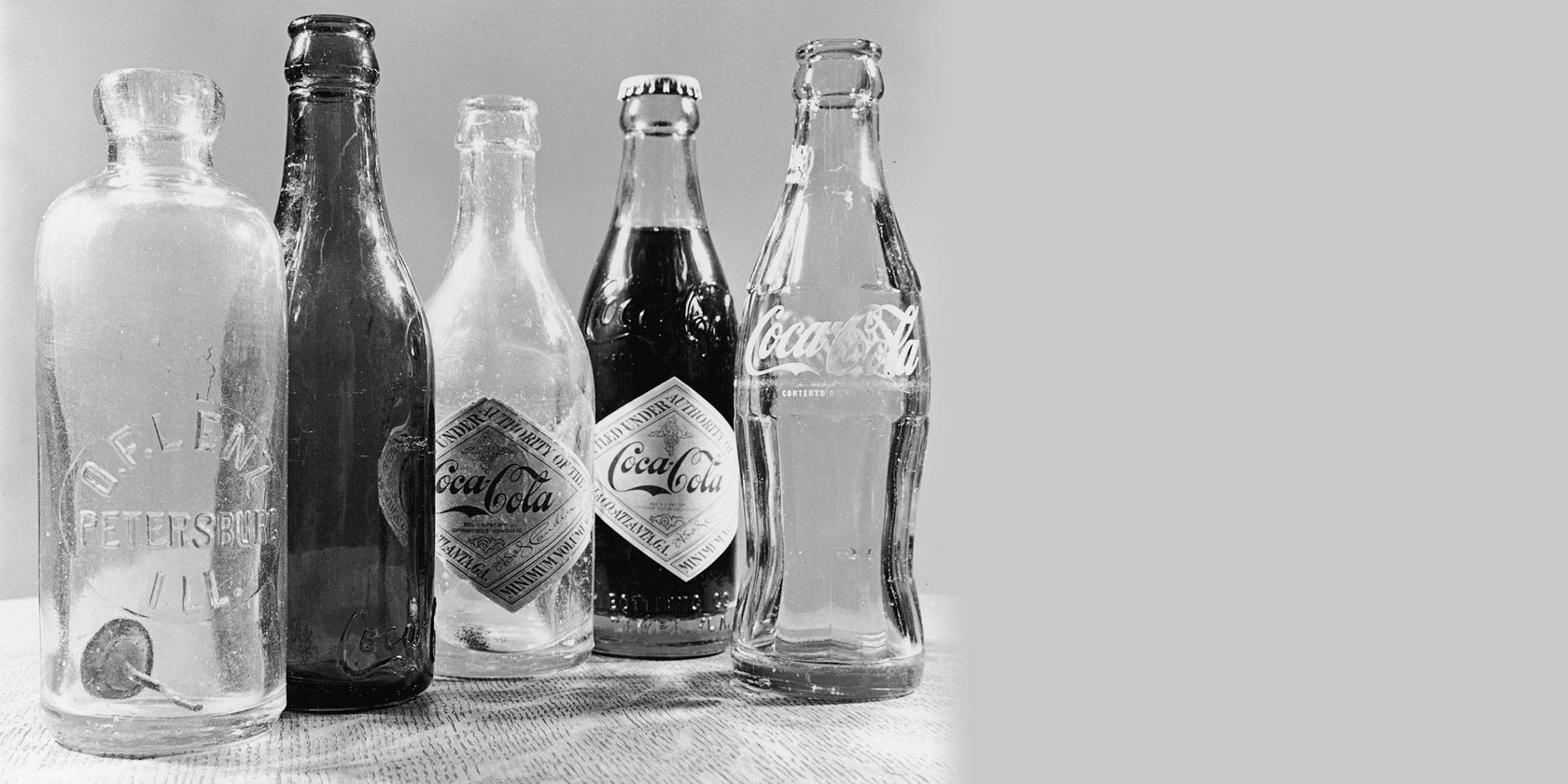
Today, researchers as far away as the icy wilderness of the North Pole can enjoy a (well-cooled) Coca-Cola. Mountaineers in the Himalayas can drink Coca-Cola at base camp, 6,000 m above sea level. Yes, people can even enjoy a Coca-Cola even in space. For example, on the Challenger mission in 1985. Today, 1.9 billion glasses of Pemberton’s universal drink are consumed every single day.
Quite simply, Coca-Cola’s success is enormous. But think of the consequences if the Union Army had decided not to attack the bridge over the Chattahoochee river at Columbus in 1865. It would have meant John Stith Pemberton was never wounded, and would never become addicted to morphine, and would not have invented Coca-Cola in an attempt to cure his addiction.
